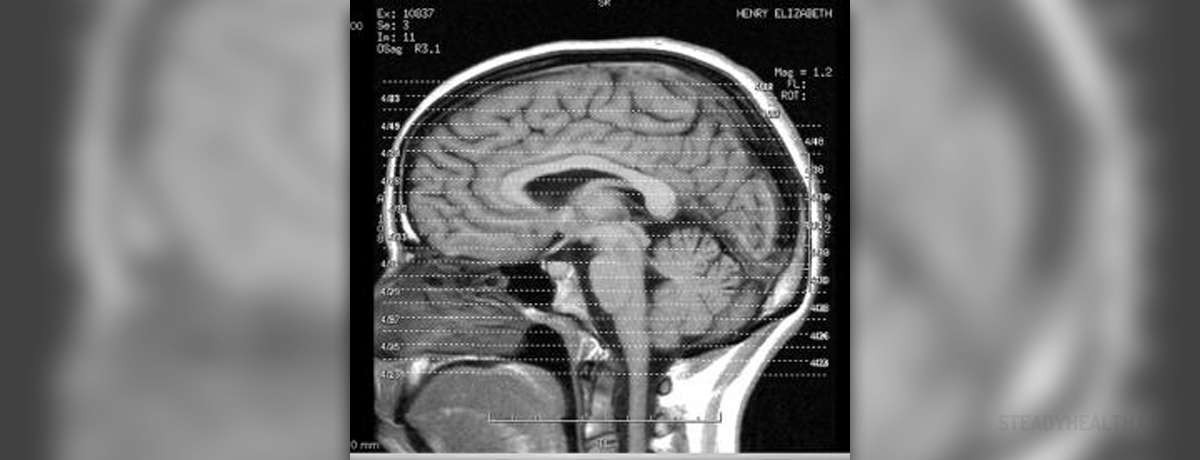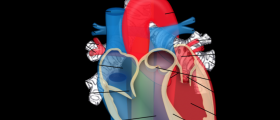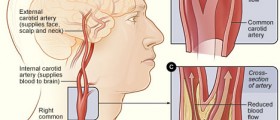
Cerebral Aneurysm
Aneurysm is an abnormal enlargement of blood vessels. Cerebral aneurysm is the abnormal enlargement of a blood vessel in the brain. There is a combination of arteries on the base of the brain from which the arteries are further branched in order to supply brain with the blood. Branches of these arteries are the most common areas where aneurysms occur. It may occur in all people, including the children, but usually occur in adults at the age of 35 - 60, somewhat more frequently in women.Causes
Over time, artery wall becomes weak in a particular part that yields to pressure, forming expansion. This enlargement may be in the form of bag - saccular aneurysm, which is the most common form or in the form of spindle – fusiform aneurysm. As enlargement is increased, the "bag" is more and more expanded, creating a neck that is connected to the artery. If aneurysm is small, it does not represent a greater threat, but as they grow and become larger, there is a risk of rupture and blood outflow in the area between the brain and the meninx, called Subarachnoidal bleeding.There are several factors that can accelerate the development of aneurysms over time. They include: smoking, head injuries, alcohol and some narcotics, oral contraceptives, genetic, and hereditary diseases (polycystic kidneys, Marphans syndrome, coarctation of the aorta, AV malformations, etc.).
Symptoms
In a number of cases, people with aneurysms have no symptoms. Given that growing aneurysm can press surrounding tissue, there may be symptoms such as: headache, diplopia (double images), lowered eyelids, pain behind or above the eye, trigeminal neuralgia, and unequal pupil.The symptoms of aneurysm rupture include: a sudden, extremely (as never before) strong headache, nausea, vomiting, neck stiffness, and changing stages of consciousness to coma.
Massive intraventricular bleeding is usually manifested in a very severe clinical picture: deep coma, hyperpyrexia, decerebrate rigidity, bilateral Babinski. It almost always ends fatally.
Diagnosis
Diagnosis is established on the basis of symptoms, neurological examination, examination of eye bottom, laboratory findings, ultrasound, CT (scanner) and a NMR (nuclear magnetic resonance). Angiography is the most reliable method of diagnosing the aneurysms.Treatment
In the case of small, asymptomatic aneurysm, whether to immediately access the surgical intervention or aneurysm will be monitored for some time depends on aneurysm size, location and growth and the age of patient.In the case of ruptured aneurysm, emergency response and stabilization of the patient are primarily required. Sometimes, even resuscitation is necessary.
The final treatment includes surgery by placing clips or endovascular embolization by spiral or latex balloon.

















Your thoughts on this
Loading...